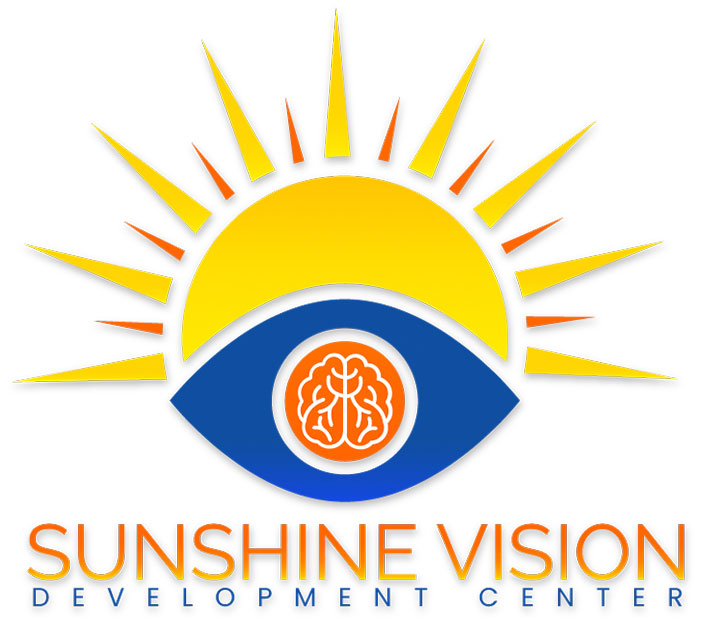Lazy Eye
What is it? And What Can Parents Do About It?
“Lazy Eye,” or Amblyopia, is easy to miss because there are very few symptoms. Lazy Eye means that the eye sees poorly, even with eyeglasses. Usually when parents see an eye that doesn’t seem to line up correctly they think that is a “lazy eye.”
In fact, that is a condition called an eye turn, or Strabismus. It is important for parents to understand that while amblyopia and strabismus often occur together, you won’t always see an eye wander off when your child has amblyopia.
Treatment will vary depending on what is causing the eye to be lazy. The traditional approach to treating lazy eye is to patch the good eye for long periods of time, to force the lazy eye to work. Unfortunately most children hate this approach. And as a result, parents get very frustrated.
The good news is that in most cases we are able to get the lazy eye to function correctly without traditional patching. Sometimes treatment includes a combination of special lenses (glasses) along with Optometric vision therapy.
To find out if we can help you or your child, please give us a call or email Dr. Kelly through the contact us section of our website.

Some early childhood symptoms that might indicate that your child might have lazy eye include difficulty in catching or hitting a ball.
Another symptom is if your child has difficulty seeing 3D movies.
Being able to see 3D is not just a fun thing to do in the movies, it is important for everyday life. As an example, we use 3-dimensional vision to ride a bicycle, walk down stairs, play sports and for all activities that require eye-hand coordination.
If your child always knocks over the milk at the dinner table, is clumsy or has sloppy handwriting, these could also be signs of a vision problem.
What about treatment?
How We Get Started
Treatment for amblyopia is different depending on which doctor you see. Some will tell you that nothing can be done after age 7 or 9. However, new research is confirming what we have known for years; thanks to optometric vision therapy, it is never too late to treat a lazy eye! It is definitely true that the earlier amblyopia and other vision conditions are diagnosed, the easier they are to treat and manage. But, even adults well into their 40’s and older can often benefit from vision therapy.
How We Get Started
Treatment for amblyopia is different depending on which doctor you see. Some will tell you that nothing can be done after age 7 or 9. However, new research is confirming what we have known for years; thanks to optometric vision therapy, it is never too late to treat a lazy eye! It is definitely true that the earlier amblyopia and other vision conditions are diagnosed, the easier they are to treat and manage. But, even adults well into their 40’s and older can often benefit from vision therapy.
What treatment options are available?
As a parent it is important to educate yourself on ALL treatment options because children do not outgrow eye turns or lazy eye. Surgery is not the only way to treat an eye turn and there are more effective treatment options for lazy eye other than patching alone (with or without drops).
Optometric vision therapy has helped many patients achieve normal vision in their amblyopic eye and has also resulted in eyes that are straight without the need for surgery! If you have been told your child is too old to treat, there is still hope. Vision therapy gets excellent results no matter how old the patient is.
Here is a video from one of our colleagues which describes what we also do here.
What is vision therapy?
There are certain types of vision problems that are not correctable with contact lenses, glasses or surgery.
Vision therapy is an individualized treatment program using specialized eye exercises and equipment that help teach the patient how to use their eyes correctly and helps them better understand what they see.
How does vision therapy work?
Like many skills, visual skills are developed. Since they are developed, they can generally be improved through proper therapeutic techniques. In vision therapy, the optometrist prescribes visual tasks to be practiced under controlled conditions with the direction of a vision therapist.
Repetition of these tasks enhances vision by coordinating and improving eye movement, focusing ability and helping proper eye-hand coordination develop as needed.
Who needs vision therapy?
The first step to determining whether vision therapy is needed is to schedule a Developmental Vision Evaluation. There are many factors that the doctor considers prior to prescribing this course of treatment.
In order to determine if you should schedule a Developmental Vision Evaluation, fill out the symptom quiz here.
Schedule an Appointment today!
If you or a loved one has had a head injury, please give our office a call and make an appointment using the button below.
